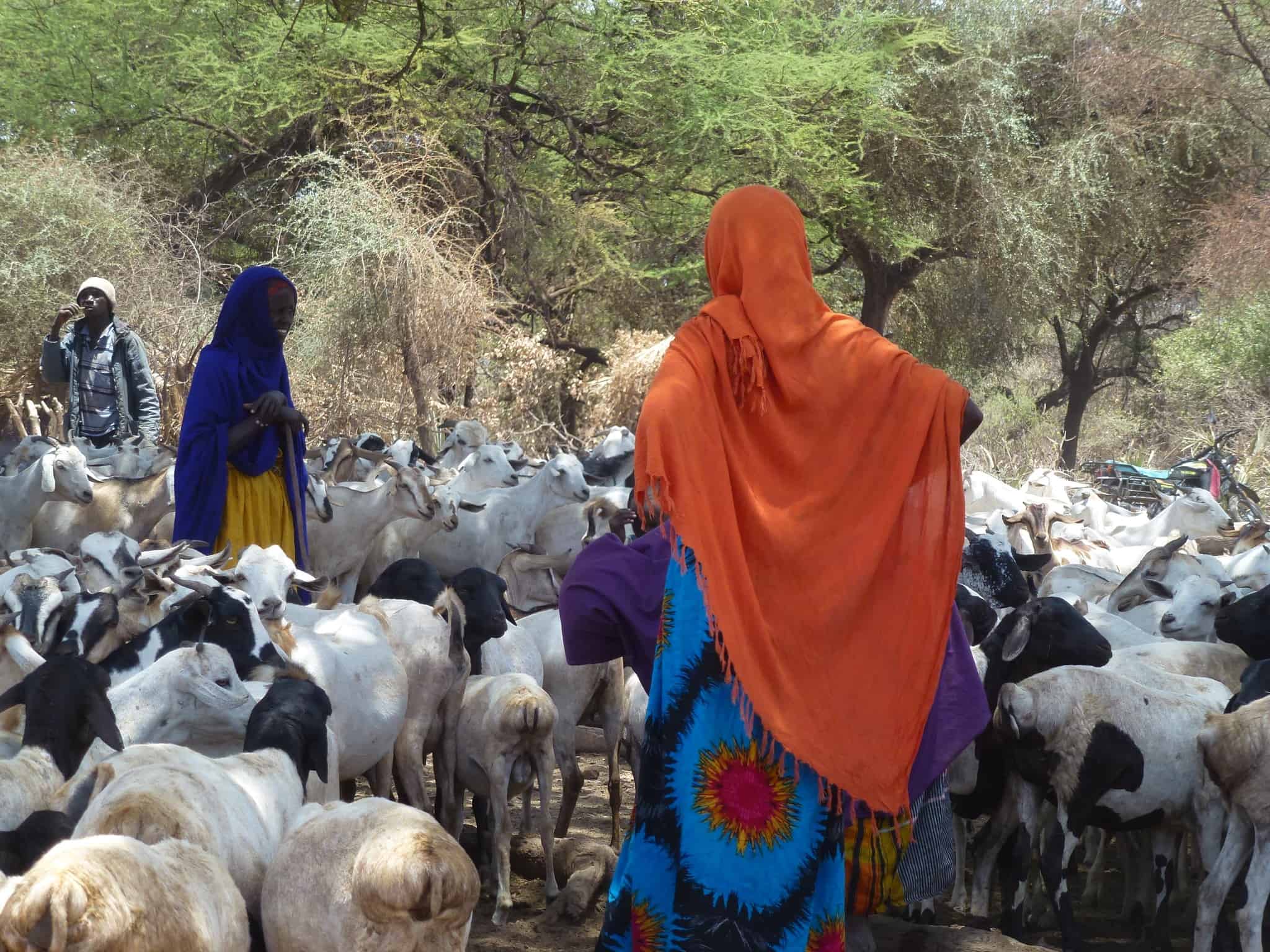Participatory GIS is transforming resource management and gender inclusion in Isiolo County, Kenya
- From
-
Published on
11.12.24
- Impact Area

In the arid landscapes of Isiolo County in the upper Eastern region of Kenya, managing rangeland resources is more than a necessity—it’s the key to survival for the region’s pastoralist communities.
But effective resource management requires an understanding that reaches beyond the terrain, one that captures the insights, histories, and wisdom of the people who know these lands best.
A participatory geographic information systems initiative, conducted by a team from the International Livestock Research Institute (ILRI) and its partners in May 2024, demonstrated how community-driven mapping can effectively enhance resource mapping accuracy by bringing new voices, particularly women’s, into the planning process.
Traditionally, resource mapping has followed a top-down approach.
Experts, often external to the communities, help map out grazing areas, water sources, and routes without the critical, local knowledge that determines where these resources exist.
Participatory geographic information systems, in contrast, combine advanced mapping technology with the voices of the people living on these lands.
During a three-day workshop in Isiolo in May 2024 men and women gathered around maps, sharing insights on grazing routes, water points, and areas prone to conflict.
These weren’t just maps; they were a shared creation, rooted in local context and brimming with practical relevance.
In pastoralist societies, men and women hold different roles, each contributing unique knowledge of their shared environment.
The community driven participatory exercise in Isiolo brought women into the mapping process as active participants, and the outcomes look promising.
Related news
-

Enabling women farmers in Odisha to combat heat stress
International Rice Research Institute (IRRI)08.01.25-
Climate adaptation & mitigation
-
Gender equality
by Pooja Kori, Benu Verma, Ranjitha Puskur As global temperatures rise, heat stress has become…
Read more -
-

Towards a Climate Security Observatory 2.0: lessons from a year of implementation
Ibukun Taiwo07.01.25-
Climate adaptation & mitigation
In 2023, the Climate Security Observatory (CSO) launched its first public version, aiming to bridge…
Read more -
-

Training civil servants to tackle climate-induced migration challenges in Guatemala
Ibukun Taiwo07.01.25-
Climate adaptation & mitigation
Guatemalan farmers increasingly voice concerns about the dangers they face when climate change impac…
Read more -
